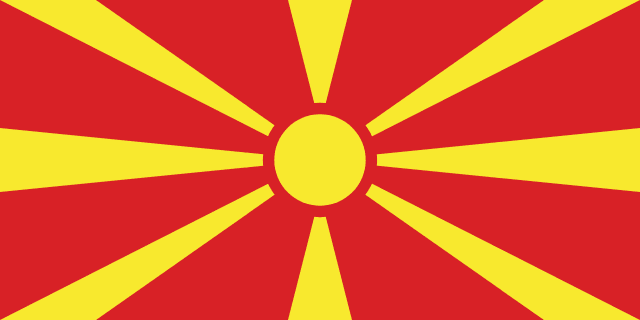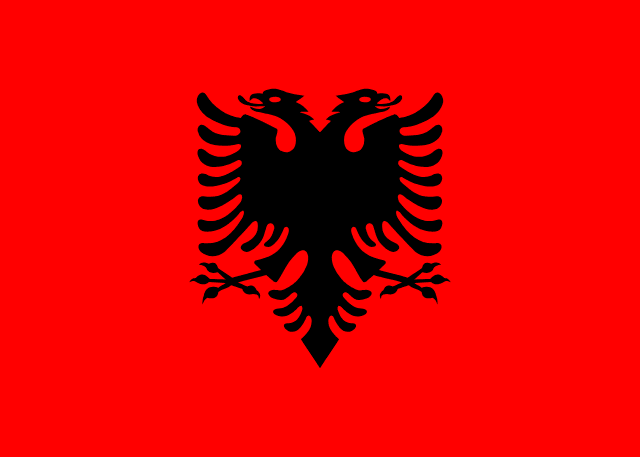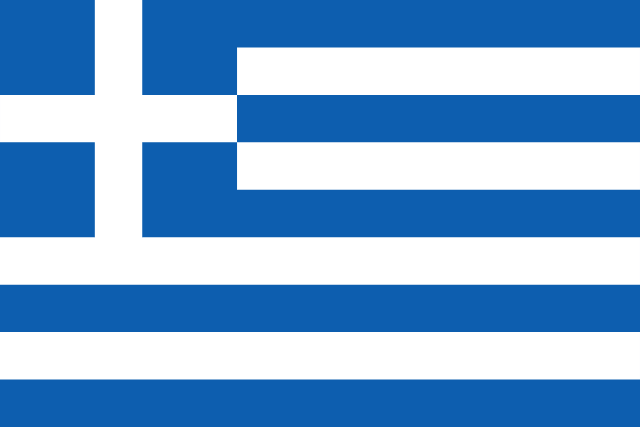Country Information
| Sovereign State | Yes |
| Country Codes | GR, GRC, 300 |
| Official Name | Hellenic Republic |
| Continent | Europe |
| Capital | Athens |
| Government Type | Parliamentary Republic |
| Currency | Euro (EUR) |
| Calling Code | +30 |
| Member Of | United Nations, European Union, NATO, Council of Europe, OECD |
| Population | Approx. 10.4 million (as of 2023) |
| Total Area | 131,957 square kilometers |
| Highest Point | Mount Olympus (2,917 meters or 9,570 feet) |
| Lowest Point | Mediterranean Sea (0 meters or 0 feet) |
| GDP Per Capita | Approx. $20,000 (as of 2023) |
| Life Expectancy | Approx. 81 years (as of 2023) |
| Internet TLD | .gr |
Greece National Anthem
Hymn to Liberty
I recognize you by the fearsome sharpness,
of your sword,
I recognize you by your face
that hastefully defines the land (i.e. the land’s borders).
From the sacred bones,
of the Hellenes arisen,
and valiant again as you once were,
hail, o hail, Liberty!
Flags of Neighboring Countries




History of the Greece Flag
The national flag of Greece, known as the “blue and white” or “Γαλανόλευκη” (Galanoúleuki), was officially adopted on December 22, 1978. The flag features nine horizontal stripes of blue alternating with white, with a white cross on a blue field in the canton.
The origin of the flag’s design is shrouded in myth and folklore. One popular interpretation is that the nine stripes represent the nine syllables of the phrase “Ελευθερία ή Θάνατος” (Elefthería i thánatos), meaning “Freedom or Death,” a motto during the Greek War of Independence. The blue and white colors are believed to symbolize the Greek sky and sea.
The flag’s history goes back to the Greek War of Independence in the 1820s. During this period, various flags were used by the Greek revolutionaries. The cross symbolizes Eastern Orthodox Christianity, the established religion of the Greeks. The current design was established during the reign of King Otto of Greece.
Throughout its history, the flag has undergone several modifications, especially during periods of monarchy when the royal coat of arms was added. However, the basic pattern of stripes and colors has remained consistent.
The Greek flag is a symbol of national pride and resilience, representing the country’s struggle for independence, its rich history, and its cultural heritage. It is a symbol recognized worldwide, evoking the ideas of democracy, freedom, and the enduring spirit of the Greek people.

